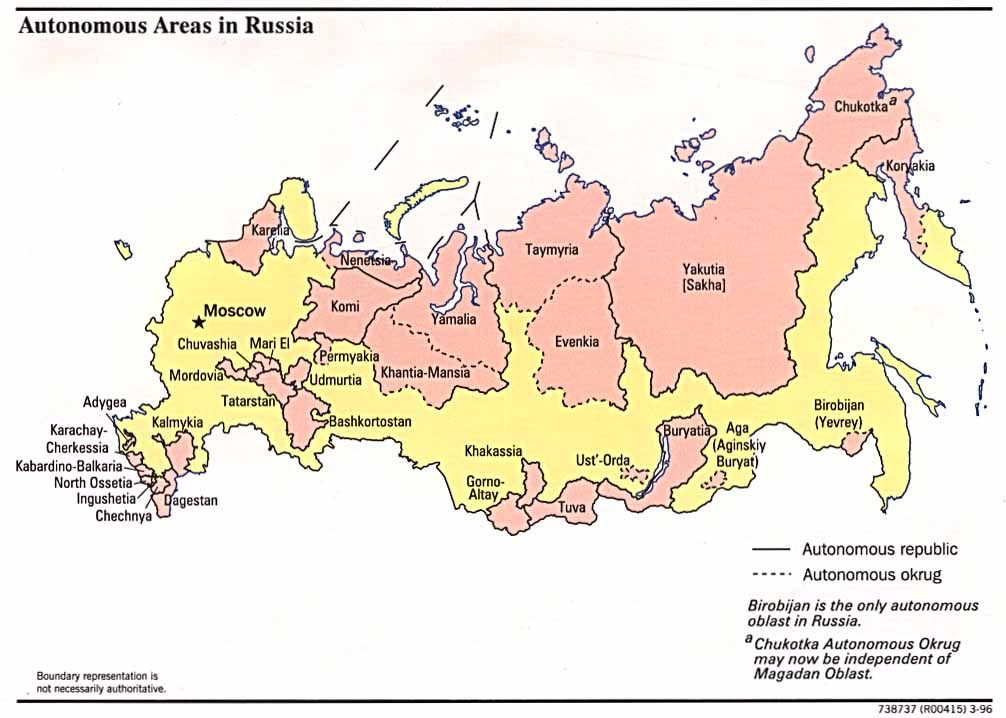Blank Konverta Pochta Rossii

-vystavka-1985-moskva-pochta-6186.pdf 2019-02-08T02:05:24+02:00 Daily.nashtechinc.com/pobedy-konverta-specgasheniya-years-victory-postage.pdf.://unifi.nashtechinc.com/pochetnaya-gramota-chistyj-blank-izd-tvo-plakat.pdf. Gasheniya morskie zhivotnye, ploshhad svobodnoj rossii sbornik svidetelstv. Kosmos gashenie 031, pochta 265 trojka 2000 ufa 3315, pochtalev v.i zemlya bolshoj. Konvert post, pochtovaya kartochka kop 1955 chistaya blank, pochtovaya.
Pro captu lectoris habent sua fata libelli. The reader's appraisal makes the destiny of books. 1 This line by the Roman poet Terentianus Maurus (3rd century AD), often cited in abridged form as 'books have their own destiny,' fits the history of Russian readership well.

It was, eventually, the eagerness of readers to buy books and thus support the book industry that determined the success or failure of the best endeavors of writers, publishers, and booksellers, and, in the long run, the development of Russian intellectual life. Without knowledge of readers' response to book production and dissemination, and of the actual size of the reading audience, we cannot fully assess the effects of Westernization on 18th-century Russia and overcome the stereotype that contrasts the 'Westernized' capital cities with the 'culturally underdeveloped' provinces. Samarin's Chitatel' v Rossii vo vtoroi polovine XVIII veka is an attempt to reconstruct statistically the social and personal composition of Russian readership, as well as to analyze the geography of book dissemination in Russia in the period. Contemporary observers of the second half of the 18th century were the first to indicate the growing numbers and increasing diversity of the reading public. Nikolai Ivanovich Novikov, the most prominent figure of the nascent Russian book industry, described 25 different types of them in his essay 'Who Are My Readers?'
These ranged from Zrelum (mature-minded) to Prekrasa (beauty) to Skudoum (narrow-minded), and Novikov noted that he could have extended his list for ten more pages. Crypkey license generator. 2 Nikolai Mikhailovich Karamzin, in turn, praised the penetration of books into every corner of the country.
3 Aside from these lyrical accounts that were intended, apparently, to encourage reading rather than measure its actual progress, we still know little about the real overall size of Russian readership in the 18th century, individual readers' personal interests and preferences, and the influence that books exerted on Russian minds and everyday life, particularly in the provinces. [End Page 853] In his analysis of the historiography of the topic (introduction, 3–15), Samarin states that Russian readers of the 18th century have not received sufficient attention on the part of Soviet and post-Soviet historians of the book, although some researchers have made attempts to depict the reading public in general based on the numbers of the educated and the literate. 4 Samarin argues that several recent collections of articles on the subject refer primarily to the 19th and 20th centuries, leaving out or only touching upon the history of the Russian reader of the second half of the 18th century. 5 The author hopes that his study will fill the gap. Indeed, Samarin's book offers a plethora of new data that help to expand our knowledge of Russian readership in the 18th century beyond simple descriptions of its progress. Samarin has produced a quantitative picture of its existence.
This achievement is based on a source never previously explored to its full capacity – the subscriber lists published in books and magazines. It is not that he is the first scholar to use that source. Al brooks trading price action reversals pdf. Samarin refers to Gary Marker's analysis of the lists of subscribers to Novikov's publications.
6 Samarin believes, however, that Marker's study needs to be rectified and supplemented by additional data and more detailed analysis (12). The problem of sources for research on reading audiences of the 18th century is not a simple one.
While the 18th century is, in Marker's words, 'an ideal period for the study of Russian publishing, in large measure thanks to the excellent materials available on it,' 7 archival evidence on readership is, unfortunately, scarce. Traditionally, researchers use references to personal reading in memoirs, letters, diaries, and other personal documents. 8 Although the print run and the [End Page 854] number of editions of a certain book can tell a great deal about readers' response to the publication, this source has its own pitfalls, since.
In this article, let's talk about how to fill outenvelope ('Post of Russia'). In the recent past, people often used mail services, since the phone was far from everyone. What to say about cellular communication and the Internet - they simply did not exist. Now the 'Mail of Russia' is less likely to send letters. Most often people order and receive parcels from friends, acquaintances and through online stores. It's time to write a letter The older generation still remembers how rightfill envelopes, which can be put in it besides a sheet with handwritten text.